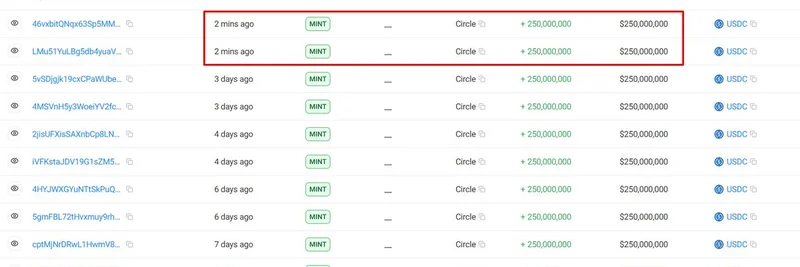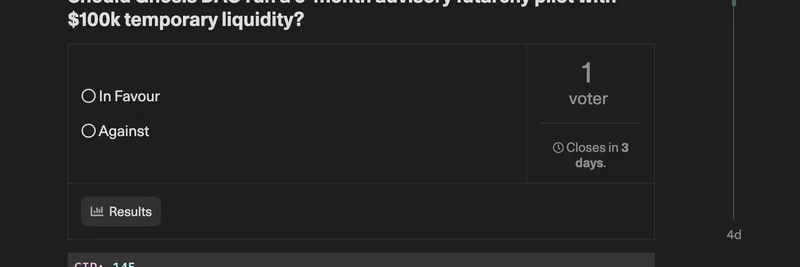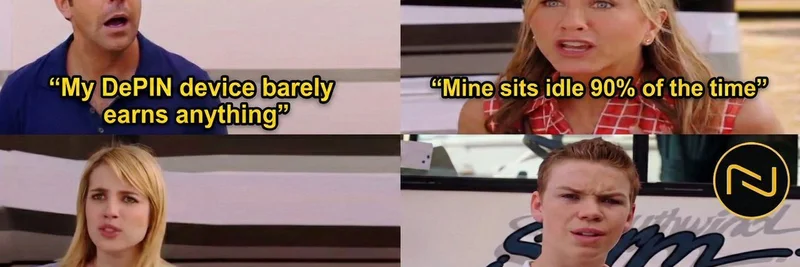Hey there, crypto enthusiasts! If you’ve been scrolling through X lately, you might have stumbled upon a thought-provoking post by Nick White (@nickwh8te) on July 4, 2025. In this tweet, Nick dives into the current state of data availability (DA) in the Web3 space, suggesting that the growing "hate" toward DA could be a golden opportunity for projects like Celestia. Let’s break it down and see why this could be a game-changer for blockchain practitioners and meme token enthusiasts alike!
What’s All This DA Hate About?
Nick points out that dislike for data availability—the process of ensuring transaction data is accessible for verification—is at an all-time high. But why? In simple terms, DA is a critical piece of the blockchain puzzle, especially for Layer 2 solutions like rollups, which rely on it to scale without clogging up the main blockchain (Layer 1). However, the costs and complexities involved have led to frustration, with some projects like Near moving away and even Ethereum shifting focus toward L1 execution.
This shift, according to Nick, has opened a wide window of opportunity. With competition thinning out, projects that can nail DA could become the backbone of Web3’s future. And that’s where Celestia steps in!
Celestia: The DA Champion?
Nick highlights Celestia as a frontrunner in this space, positioning it as the potential "security and interoperability layer" of Web3. But what does that mean? Celestia is a modular blockchain designed to handle data availability separately from transaction execution and consensus. Think of it like a dedicated storage unit for blockchain data, freeing up other layers to focus on speed and functionality.
This modularity is a big deal because it tackles one of crypto’s biggest challenges: scalability. By letting rollups and other L2s offload their data to Celestia, the network can process more transactions without sacrificing security. Plus, with interoperability—the ability for different blockchains to talk to each other—becoming a hot topic in 2025 (as seen in resources like Arianee’s interoperability guide), Celestia’s role could expand even further.
The Opportunity Knocks
So, why now? Nick argues that the drop in competition—thanks to projects like Near pivoting away—leaves the DA lane wide open. This is music to the ears of Celestia holders, especially those invested in its native token, $TIA. The tweet sparked a flurry of responses, with users like @CatfishFishy questioning if DA can truly be the interoperability layer, while others like @drogon1050 pushed for upgrades to boost Celestia’s revenue and adoption.
Adoption is indeed a key point. As @DecryptoPioneer humorously asked, “Will we be able to run nodes even on nail clippers?”—a nod to Celestia’s lightweight design. However, @Abduljcg raised a valid concern: with new L2s popping up constantly, can Celestia really dominate? It’s a fair question, and the answer lies in execution. Celestia’s team will need to drive $TIA adoption through strategic moves, possibly inspired by high-performing platforms like Hyperliquid, as suggested in the thread.
What’s Next for Celestia and Web3?
The buzz around Nick’s post shows a community hungry for innovation. Comments like @saraQuyTND’s observation that DA might be overlooked by L1s align with Celestia’s mission to solve this bottleneck. And with plans to scale beyond 1 GB/s throughput (check out Celestia’s roadmap), the project is gearing up to meet Web3’s growing demands.
For meme token fans and blockchain practitioners visiting Meme Insider, this is more than just tech talk—it’s a chance to spot the next big thing. Whether Celestia becomes the interoperability king or not, its focus on DA could reshape how we think about blockchain scalability. So, keep an eye on $TIA and join the conversation—because in the wild world of Web3, the coldest markets might just hide the hottest opportunities!



